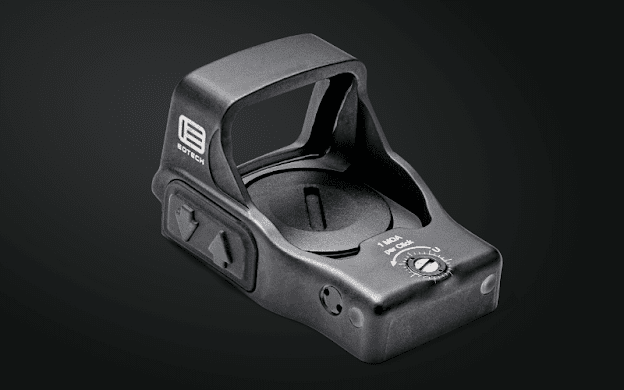 |
Not actually Erin. & is used with permission. |
Dear readers, if you can't recall the last time you backed up your computer, do it now. (Ask me how I know this.)
If you've never backed up your computer before, or don't have the hardware to do it, I suggest you go to Walmart and get the
PNY Complete SSD Upgrade Kit in either 500 Gb or 1 Tb, depending on the size of your computer's main hard drive, and clone your drive. The bundled Acronis True Image software is almost criminally easy to use:
- Download and install the software, using the registration number included in the kit.
- Plug the cable into the SSD and then into your computer's USB port.
- Run the software.
It is that easy. The software handles everything else for you, including the incredibly annoying disk partitioning (and if you've never had to do that, consider yourself lucky), and when it's done you have a bootable solid state drive that contains a perfect copy of your original drive in about 2-3 hours. Once you get it started you can let it do its business as you go on about yours (just so long as your computer doesn't go into hibernation while you're away).
SSD vs. HDD: What are they?
Unfortunately, I hadn't backed up the HDD of my computer since I bought it in November 2020. Now in my defense, I had frequently backed up the data I had by copying that data to other drives, but I neglected to back up Windows itself. This oversight came back to bite me last weekend when my computer slowed to a crawl and then refused to boot.
One new computer later (it cost about as much as a new pistol... sigh), I plugged the old HDD into to new computer and while Windows saw the old drive, it wouldn't let me access it due to, and I quote, "The disk structure is corrupted and unreadable."
The good news in all this is that Windows was able to see the drive, which meant it could be accessed with the proper program. In this case that program is the
EaseUS Data Recovery Wizard Pro, which can be downloaded for free to see if the program works. It did, so I shelled out the $70 year-long license
(ouch) and set about recovering my data.
The process was long, because it scanned my drive three times using different recovery methods to maximize the chance of recovery. This triples the amount of data I have to sift through, and since I had nearly 1Tb of data on that drive, that means I have nearly 3Tb of data to sort through. Fortunately there were things which I could ignore, such as the entire OS and all the data I knew I'd backed up (such as my folder of mp3 music). This still left me with a lot to sift through, and not a lot of free time for that sort of thing.
At this point I've reinstalled all the programs I had (except for maybe a couple of games), and the only data which I haven't been able to recover is copied onto a thumb drive I have around here... somewhere... and hopefully I'll find that before I need it. I've copied the pictures and documents from the old drive to my new one (which I now keep backed up with my PNY) and will sort through those whenever I have a spare moment. The misbehaving HDD will be kept for a while, just in case I remember something I needed which I didn't copy over, and hopefully it will still work at that time. My thinking here is that if I can't remember something I had on the old drive within the next month or so, I probably didn't need it, and so when the drive finally dies I will either have gotten everything from it that I wanted or decided that whatever is left isn't worth the effort to recover.
By the way, if you don't own something like this
SATA IDE to USB 3.0 Adapter, you should get it. I've found it incredibly useful lately; not only does it run the old HDD for recovery operations, but I also use it to power my formerly-internal-but-now-external DVD drive because this new computer didn't have space to mount said DVD drive.
Please, don't be foolish like I was. Let my pain be a lesson to you all, and back up your OS. It's far better to pay tens of dollars now to clone your drive than to lose that drive and spend hundreds of dollars getting a new computer*.
* I couldn't just reinstall the OS with a new drive because my old computer did not come with a copy of Windows on CD-ROM. Furthermore, the old computer ran Windows 10, which I couldn't find in stores, and lacked the ability to run Windows 11. So my choices were "Spend money to get up and running now, so that I can do my job" or "Try to find what I need online, wait for them to arrive, and hope like heck I can get it to work". I may have made a foolish decision, but I'm not convinced I made the wrong one; the true foolishness was in not backing up my OS.
Besides, this new computer is very nice and I'm quite happy with it. Which is good, considering what it cost.





















